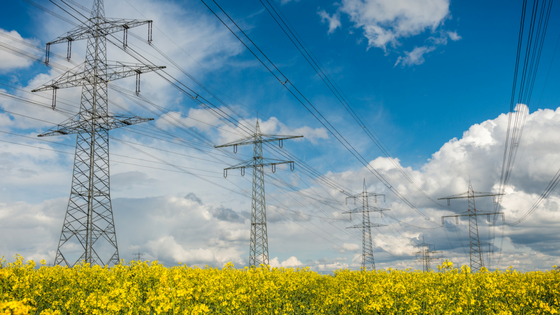

J&C Blog
Find all the latest marketing trends on the J&C Blog.

Find all the latest marketing trends on the J&C Blog.
Tailoring effective marketing communications for basic things that customers need, versus things that they might want, has always been a challenge. Take energy, for example. The electricity and gas services that Utility A provides don’t work any better or worse than those of Utility B, so customers have traditionally not cared who they got them from.
But the way that public utilities operate today is a far cry from the way they operated prior to the energy crises of the 1970s and 1980s and the onset of concerns about climate change. Back then, electricity and gas were commodities that residents and businesses received from whatever utility served their area. And the more energy those customers used, the more money the utilities made.
It doesn’t work that way anymore. The spike in energy costs and the realization that greenhouse gas emissions were affecting the climate prompted many states to enact legislation that decoupled utility profits from sales and established incentives for them to promote energy efficiency. And that has drastically changed the way that utilities market themselves to their customers and prospects, especially with regard to energy efficiency.
To be sure, many utilities still use broad media vehicles such as television and radio to spread the word for branding purposes. But there are newer methods like utility content marketing programs that are gaining traction, and they’re likely to be a perfect fit in most energy efficiency plans.
Content’s educational value
Content marketing is one of those methods. It takes an educational approach to reaching customers and prospects who are already online looking for information. And there are a lot of those people. According to the Pew Research Center, 87% of Americans use the Internet at home, at work or on mobile devices. Utilities can use content marketing to intercept business customers who are looking for information regarding energy efficiency.
Once a search is intercepted, the utility has an opportunity to share educational information on the benefits of buying energy efficient equipment as well as related rebates and incentives. Content marketing enables utilities to collect data and build an email database. That database can then be used to target hand raisers to drive conversion to energy efficiency rebate and incentive programs.
The benefits of using utility content marketing to support energy efficiency outreach are overwhelming. The biggest reason why utility and energy companies should use it is because it works. According to Social Media B2B, companies that blog have, on average, 67% more leads than companies that do not.
Wide-ranging applications
Of course, utility companies are not the only ones that use content marketing to spread the word on energy efficiency, the Content Marketing Institute reports. It cites Schneider Electric as an example. The global energy management and automation giant is taking the educational appeal of content marketing to a new level — the university level, to be exact.
Schneider Electric’s Energy University is a free, online, educational resource that provides vendor-neutral courses on energy efficiency and other information that helps organizations improve their energy efficiency. Energy University currently has more than 350,000 active users, and more than 800 courses are taken every day. In addition to serving as a helpful resource, Energy University also generates millions of lead opportunities globally, with courses being translated into more than 13 languages. Moreover, these leads are often unique to Schneider’s database.
Registering leads
To take an Energy University class, users have to complete a registration process, where they are asked to provide information on projects they’re working on. Based on their responses, users are added into Schneider’s lead cycle and are categorized by their potential needs and interests, making it easy for the sales team to take it from there.
Lorna Breault-Snyder, director of International Customer Engagement Centers at Schneider Electric, recommends conducting thorough research using only reliable sources when developing content. Energy University is meticulous about where its information comes from because anyone can come up with a training session. Just because it is on the Internet doesn’t make it true. The first time an organization puts out bad information, it’s done, Breault-Snyder said.
The Energy University education team draws information from college textbooks, reliable sources in the public domain and in-house subject matter experts. Every course goes through an approval process that involves both instructional and subject matter experts.
Breault-Snyder also cautioned marketers not to lure their audiences into a glorified sales pitch. If you disguise your sales pitch as education, your audience will come to distrust you, she said. Don’t talk about products specifically; stay vendor-neutral. Schneider’s metrics bear out the success of this approach: 75 percent of users have returned to take two or more additional courses.
Topics: Utility Industry
303 E Wacker Drive, Suite 2030
Chicago, IL 60601
Phone: 312-894-3000
Fax: 312-894-3005